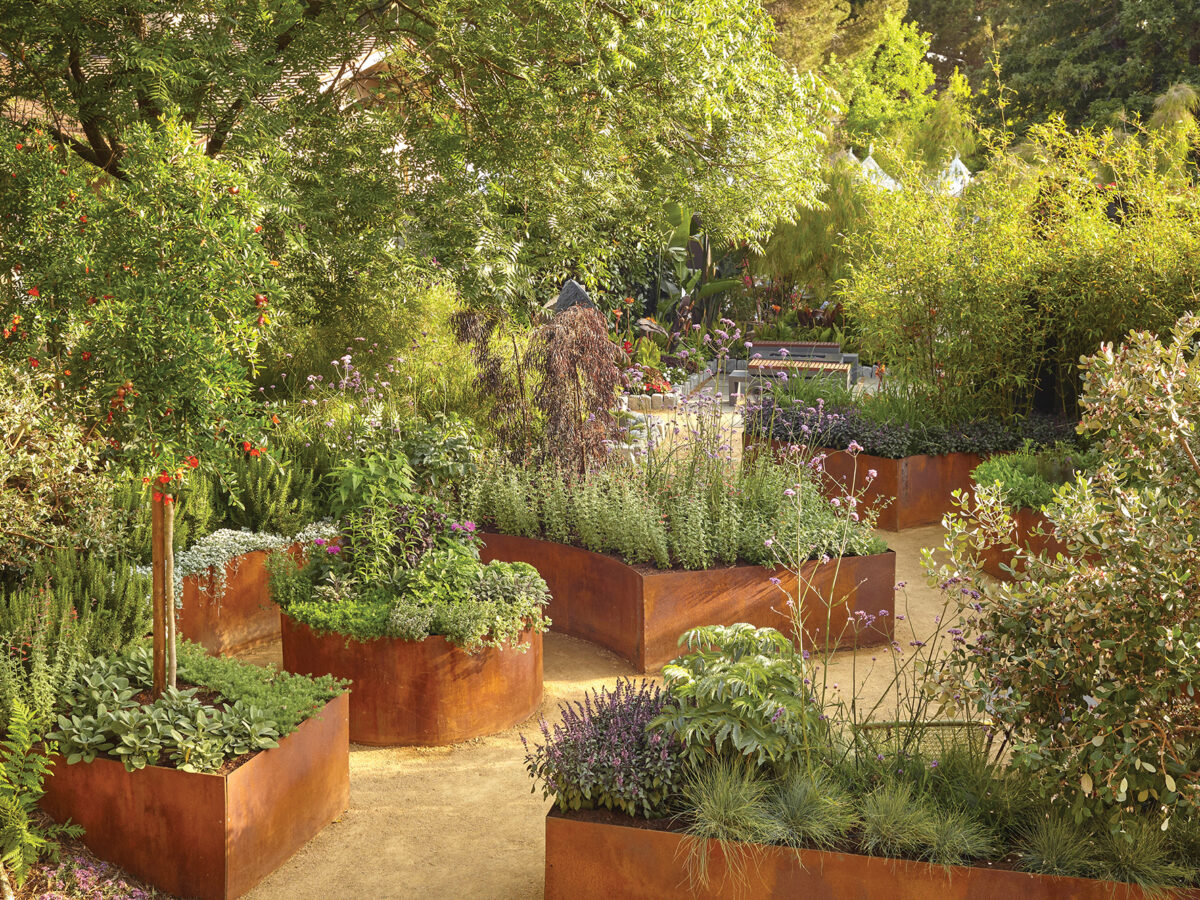The 5-Minute Rule for Hilton Head Landscapes
The 5-Minute Rule for Hilton Head Landscapes
Blog Article
Getting My Hilton Head Landscapes To Work
Table of ContentsA Biased View of Hilton Head LandscapesThe Best Strategy To Use For Hilton Head Landscapes8 Simple Techniques For Hilton Head LandscapesSome Known Details About Hilton Head Landscapes All about Hilton Head LandscapesThe Ultimate Guide To Hilton Head LandscapesGetting The Hilton Head Landscapes To Work
Line develops all kinds and patterns and can be utilized in a variety of methods the landscape. Line in the landscape is produced by the edge in between 2 materials, the summary or shape of a type, or a long linear function. Lines are a powerful tool for the developer due to the fact that they can be used to produce an unlimited range of shapes and kinds, and they manage activity of the eye and the body.

Lines can have one or even more attributes, such as those described listed below, however they generally offer various objectives. Number 1. Lines in the landscape - bluffton landscaping. The residential properties of lines identify just how people reply to the landscape, both emotionally and literally. Straight lines are structural and powerful; they create a formal personality, are usually connected with an in proportion layout, and lead the eye directly to a prime focus.
Hilton Head Landscapes for Dummies
Rounded lines develop a casual, natural, loosened up personality that is connected a lot more with nature and asymmetrical balance. Curved lines move the eye at a slower speed and include secret to the area by producing hidden sights.
Vertical lines in the landscape include high, slim plant product, such as trees, or tall structures, such as an arbor or a bird house on a post. Straight lines relocate the eye along the ground airplane and can make a room really feel larger. Reduced lines are a lot more suppressed and create a sensation of remainder or repose.
Hilton Head Landscapes Can Be Fun For Everyone
Lines are likewise created by the vertical kinds of built attributes and plant material. There are three key line types that produce kind in the landscape: bedlines, hardscape lines, and plant lines.
Bedlines connect plant material to your home and hardscape because the eye adheres to the line, moving the look via the landscape. Hardscape lines are produced by the side of the hardscape, which delineates the developed framework. Line can also be created by long and slim products, such as a fencing or wall.
Hilton Head Landscapes Fundamentals Explained
Kind is located in both hardscape and plants, and it is normally the leading aesthetic element that spatially organizes the landscape and typically figures out the design of the yard. The type of structures, plant beds, and garden ornaments likewise establishes the total type theme of the yard. Official, geometric kinds consist of circles, squares, and polygons.
Plants produce form in the garden through their describes or silhouettes, however type can also be specified by a space or unfavorable area between plants - landscape design hilton head (https://packersmovers.activeboard.com/t67151553/how-to-connect-canon-mg3620-printer-to-computer/?ts=1719958014&direction=prev&page=last#lastPostAnchor). Circles can be cycles, or they can be divided into half circles or circle sectors and incorporated with lines to produce arcs and tangents
The Basic Principles Of Hilton Head Landscapes
Circles can also be extended into ovals and ellipses for even more variety and interest. Circles are a solid layout form since the eye is always attracted to the center, which can be used to stress a focal point or attach various other types. Number 2. Round forms in hardscape and yard panels.
The square type can additionally be segmented and previously owned consistently to produce a grid pattern. Unlike circles, squares are more powerful on the edges, which can be lined up or overlapped to develop distinct patterns and even more intricate kinds.
Meandering lines often simulate the all-natural training course of rivers or streams and can be called smooth lines with deeply bent undulations. Meandering lines (Figure 3) work well for paths, plant bedlines, and completely dry stream beds. Twisting lines can add rate of interest and mystery to a yard by leading customers around edges to find brand-new sights and areas.
All About Hilton Head Landscapes

Common plant kinds are well developed and standardized, as kind is the most constant and recognizable feature of plants. Kind can likewise be produced via the massing of plants, where the overall mass develops a various type than a private plant.
A highly different kind has to be utilized with careone or more work well as a focal point, yet a lot of develop mayhem. All-natural plant types, as opposed to over-trimmed types, must establish the mass of the structure. The importance of overall form is basically dependent on the viewing perspectivethe type of a tree important site can appear fairly various to an individual standing under the cover versus seeing the tree from a distance in an open field.
Some Known Factual Statements About Hilton Head Landscapes
Plant kinds also create and specify the void or open spaces in between the plants, developing either convex or scooped forms in the spaces. High-arching tree branches generally develop a concave open space under the branches, and a rounded cover with reduced branches loads the space to develop a convex type in the open area under the tree.

Report this page